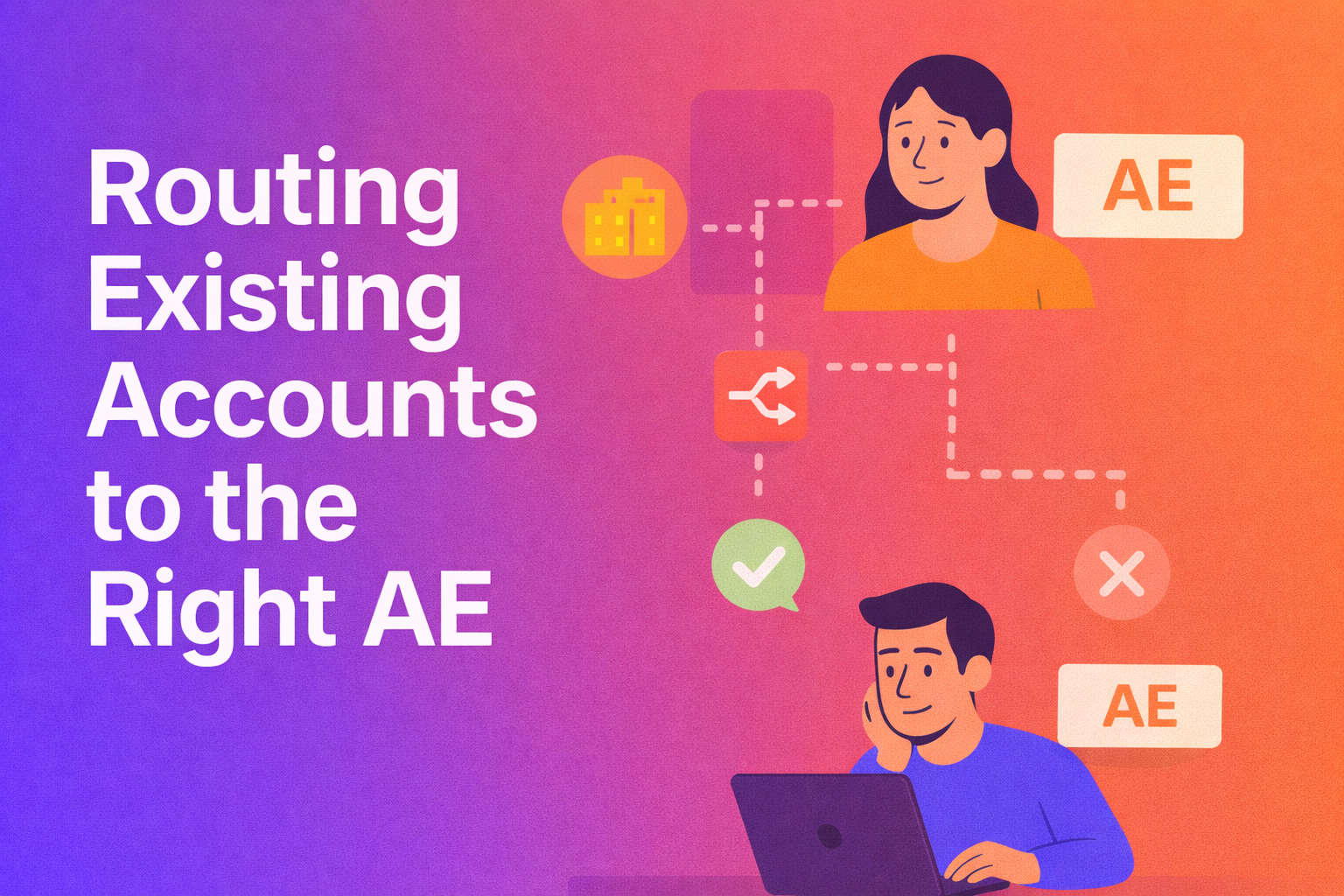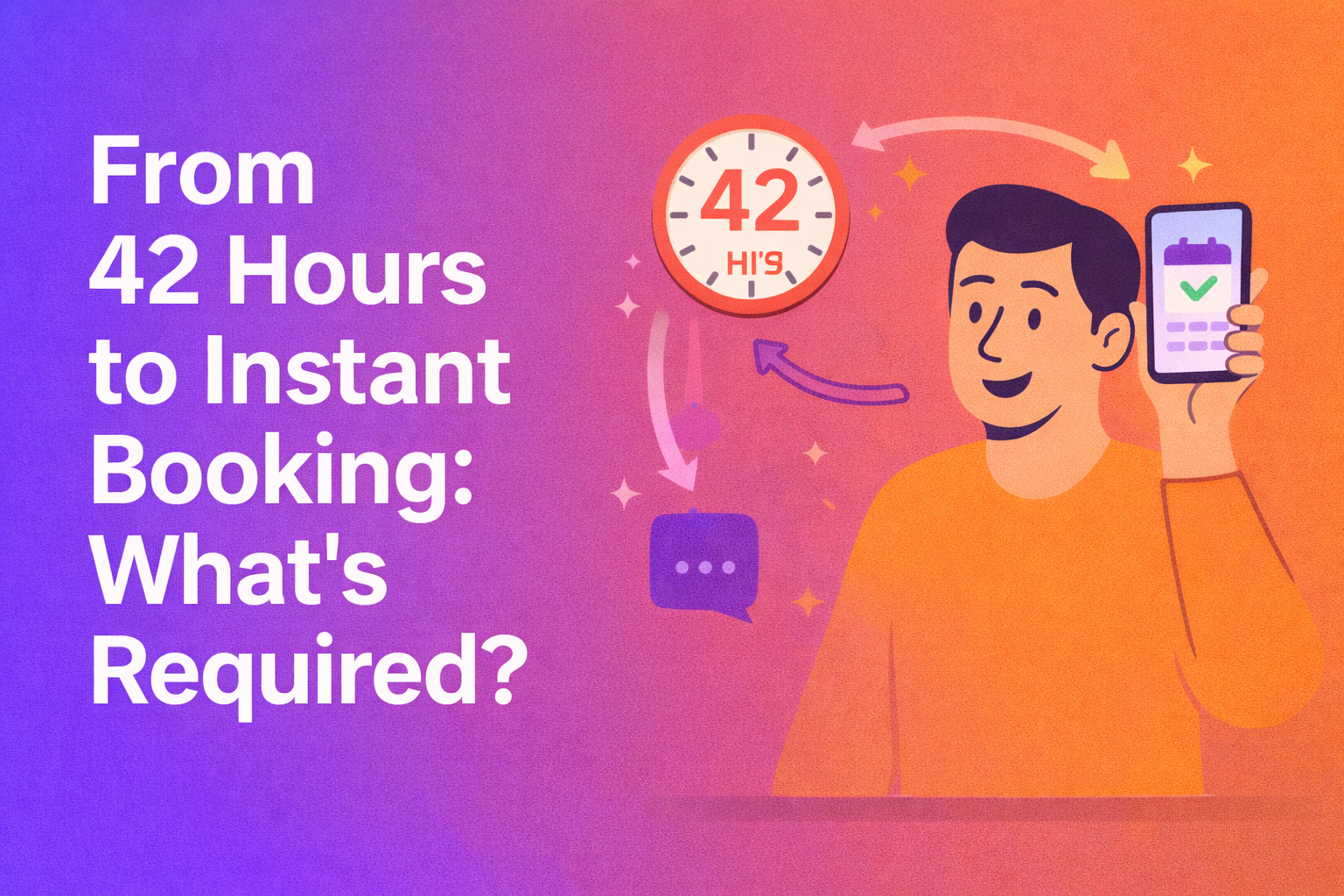You and I need to be honest about one thing.
The way we convert leads hasn’t changed much since the days when the Backstreet Boys were on top of the charts.
For those of us who have watched a “thanks for submitting, we’ll get back to you” message fade into oblivion, it’s clear: the process could use a serious upgrade. Instead of waiting for leads to trickle down a dated funnel, let’s focus on tactics that meet buyers where they are right now.
Here are three tried-and-true strategies to improve your lead-to-opportunity conversion rate and create a more seamless experience for today’s buyers.
1. Stop prioritizing MQLs and open the gates on your content
Look, we’ve all been there. Marketing Qualified Leads (MQLs) used to be the holy grail of lead tracking, but at some point, we have to ask — are they really helping us connect with people ready to buy? Instead of clinging to MQLs as if they’re the last cassette in a sea of Spotify playlists, shift your focus to high-intent accounts that are primed for conversion.
So, what do we do? Let buyers empower themselves.
Ungate your content and rethink how you measure success. Rather than driving people to your website just to snatch their emails in exchange for a PDF, put relevant, accessible content where they already spend time. You’ll move from old-school lead generation tactics to meeting people where they’re genuinely ready to engage.
Joseph Hill, Founder of Revenu Agency, said it best in The Revenue Stream podcast. He said,
2. Skip the inbound SDR
Ah, the infamous waiting game — when a decision-maker at a well-qualified account reaches out for a demo, only to be met with… radio silence. Then, days later, an inbound SDR finally reaches out, but instead of diving in, they’re asking a checklist of qualifying questions that the buyer has answered four times already.
Sound familiar?
Now, imagine if you could eliminate that unnecessary waiting time. By using a tool like RevenueHero, qualified leads can skip the "thank you" page limbo and book a meeting directly with an Account Executive (AE) right after submitting a request. This eliminates delays and respects the buyer’s time by putting them straight in touch with someone who can actually help.
And guess what? RevenueHero can filter out leads that aren’t a fit, sending them directly to a pre-recorded demo or a trial sign-up. That’s more booked meetings, more opportunities, and a whole lot less frustration.
If you’re on the fence, I get it… But the numbers don’t lie:
- The average B2B SaaS company converts their landing page visitors at 3%.
- After converting on the landing page, 78% of the B2B companies are likely to purchase from the vendor that responds first.
- If the B2B company responds within 1 minute, their lead conversion increases by 391%.
- And if the company responds to the prospect within 5 minutes, they’re likely to be 21x more effective than responding within 30 minutes.
- But the sad state of reality is B2B companies take an average of 1 day, 5 hours, and 17 minutes to respond to a prospect’s demo request.
Marty Bauer, Director of Sales at Omnisend, was previously automating all of this by himself. After switching to RevenueHero, his team saw 76% of his qualified prospects book meetings with his sales team immediately. In his own words, here’s what Marty had to say about his experience with RevenueHero:
3. Focus on website conversion rate optimization
When was the last time you gave your website’s conversion process a proper once-over? Many companies neglect conversion rate optimization (CRO), which is like throwing out half the ingredients in a recipe and wondering why the cake doesn’t rise.
Make it easy for buyers to book a demo by optimizing your site for clear, seamless conversions. Get rid of the clunky forms, keep questions brief, and use CTAs that actually guide buyers down the path to booking a demo.
Using lead enrichment tools like Clearbit, Apollo, ZoomInfo (or your preferred option) means you can keep forms short by filling in extra information in the background. And if you’re using tools like RevenueHero, you can use this enriched data to also qualify/disqualify prospects when they request a demo.
A few small changes to reduce friction can multiply your pipeline practically overnight. This is the kind of quick win that delivers tangible, fast results.
Frequently asked questions
Wrapping up
If you’re serious about transforming your lead-to-opportunity conversion rates, it’s time to build a process that puts the buyer’s needs first. Evaluate your lead follow-up strategy, optimize for intent, and ditch outdated processes that keep your prospects waiting.
At RevenueHero, we drink our own champagne, and let me tell you — it’s a win-win. Buyers reach the right people quickly, with less red tape and more action, while we see more conversions and happier customers.
Want to see the magic in action? Schedule a demo to see how RevenueHero can help turn 85% of your demo requests into meetings booked.
Let RevenueHero help your team turn high-intent users into booked meeting without slowing down your funnel.






 PRO TIP
PRO TIP









